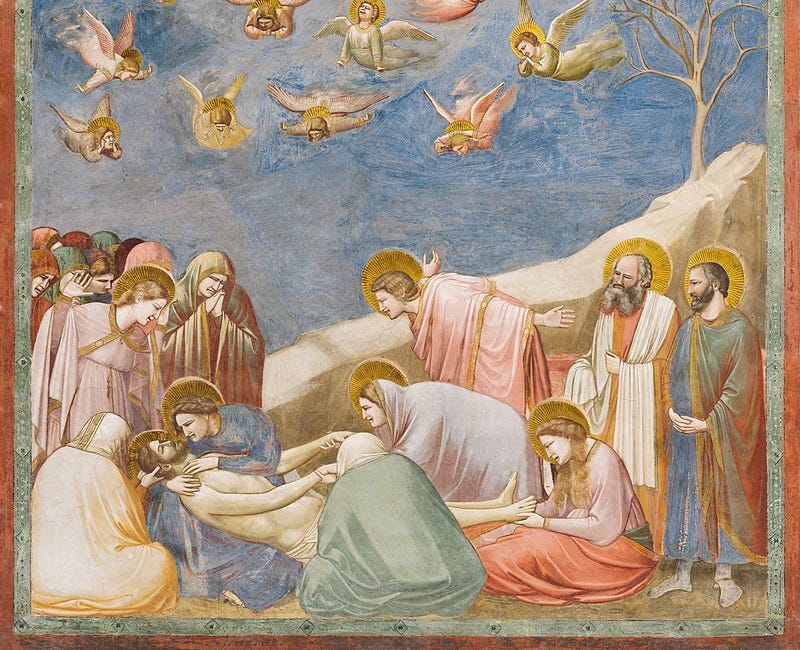I have found that one of the most productive writing exercises is to write about a taboo. Sometimes excellent pieces of writing result, and the best pieces tend to point toward healing and transcendence.
All taboos deal with the body. There are no taboos about pencils, harps or window sills.
It’s hard to write about taboos, even though we all suffer through the same basic things for similar reasons. But not talking about it, not digesting the information and putting it in its proper perspective, like the ostrich with its head in the sand, doesn’t make it go away.
WHY civilization needs to hide/turn a blind eye to certain recurring problems while it spotlights others is a very interesting question.
The short answer is that taboos go hand in hand with illusions. One small example is that every person I know who writes for a bridal magazine is divorced, often multiple times. But they make careers out of peddling the same illusions to the next generation, even as the taboo of being divorced has decreased to almost nil.
A Breakthrough
Peter Waring, co-founder of the original Attic Workshop, experienced a breakthrough with his writing when a workshop member’s essay on little-known taboos from throughout the world prompted him to write about a taboo in his own family. A topic he’d never been allowed to discuss was a car accident in his childhood that devastated his family. But once he let himself remember and write about it, something shifted for him, and his creativity began to flow as never before.
Approaching this exercise with compassion for yourself and others in the big picture can make a positive difference, both in your life and in the wider world.
Taboo - a cultural or religious custom that does not allow people to do, use or talk about a particular thing.
Writing Exercises
Fiction: List your top 3 fears. Write a character who victoriously confronts and overcomes a fear.
Non-Fiction/memoir: Write about something hard to write about that you feel is important for readers to hear.
Write a list of your “touchstones,” as The Artist’s Way calls them: “things you love, happiness touchstones….” Maybe a bowl of Japanese soba noodle soup, your favorite music, a nice cup of coffee or a relaxing swim on a sweltering day.
How to Make Good Fiction Great
·Permit me to use visual art examples to demonstrate playfulness and humanity, two elements that add immeasurably to the quality of a work.








So true, as you can see form my most recent post--if you have chance to take a gander! And again, thank you for your guest post and our exchange. What a grand idea that was.
I 100% agree with this. Yes! It’s the avoidance of taboos that keeps us sick. ‘You’re only as sick as your secrets,’ as they say in AA. Getting honest on the page is key 🔑